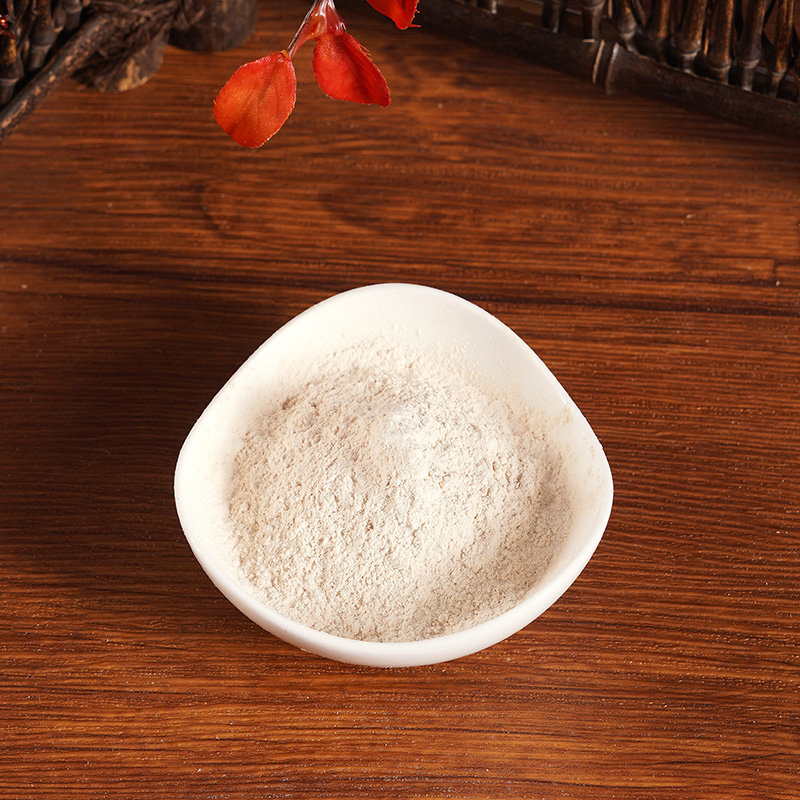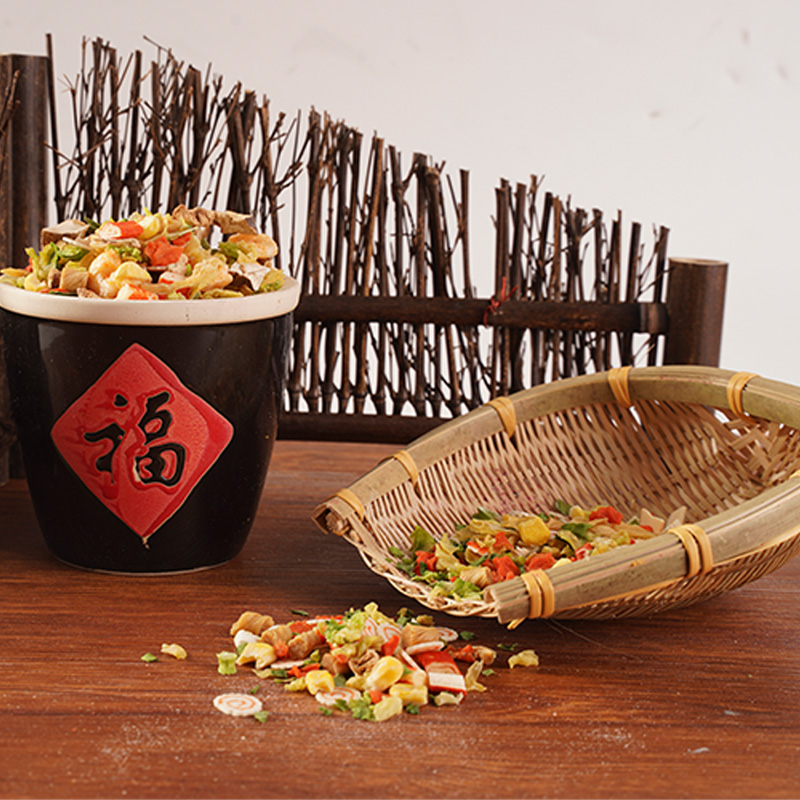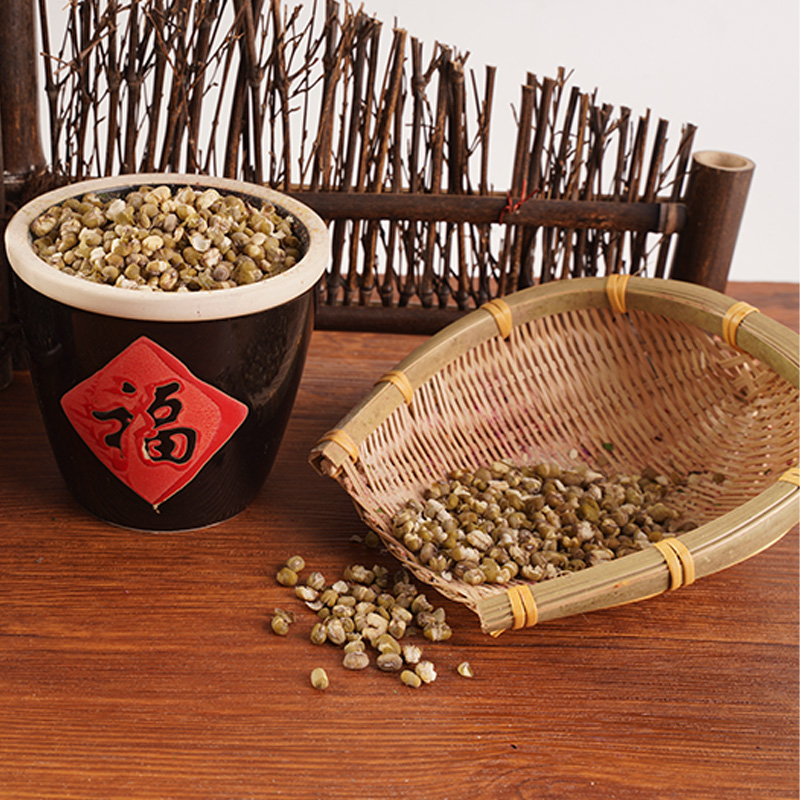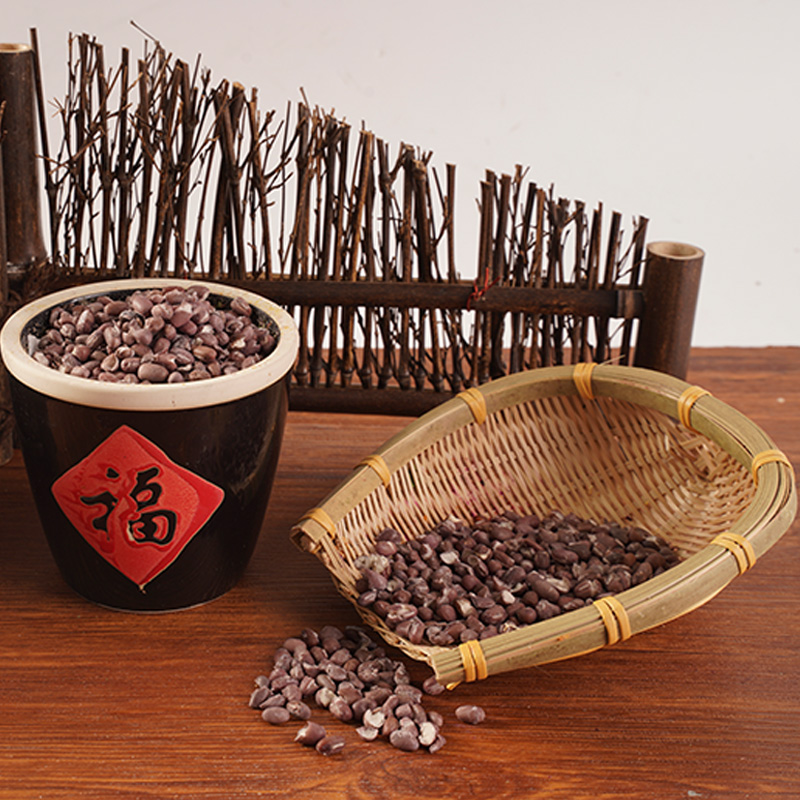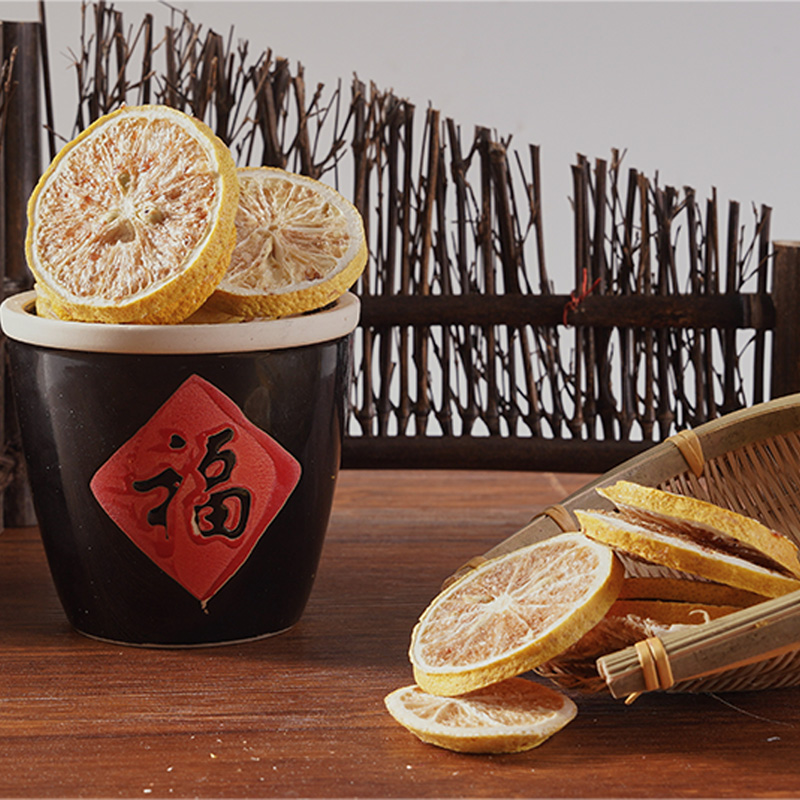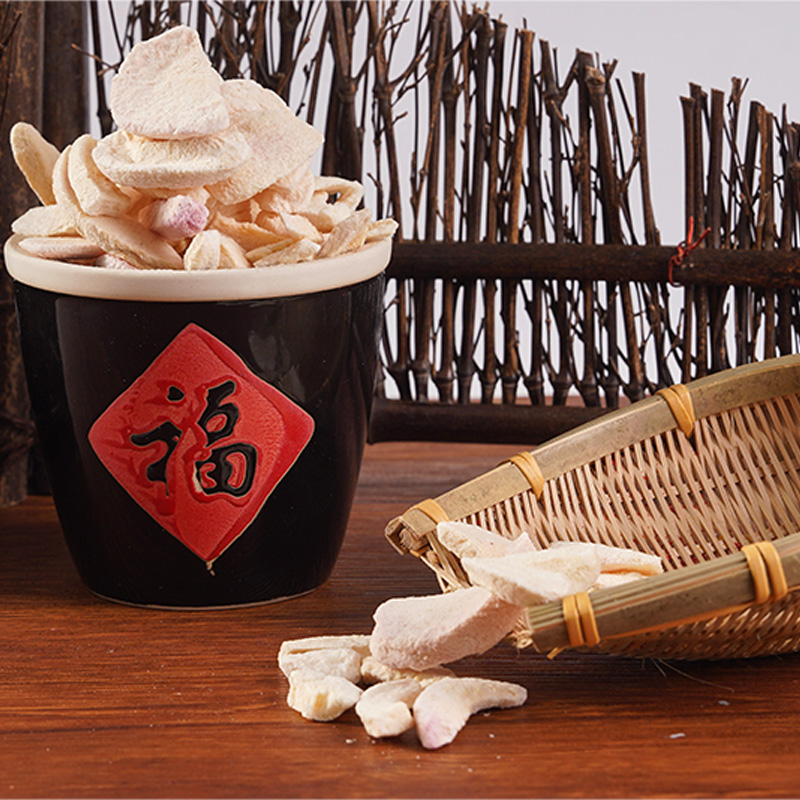Can Dehydrated Vegetables Be Used Directly in Cooking Without Soaking?
As an innovative product of the food industry, dehydrated vegetables have transformed from a simple emergency reserve to a common ingredient in modern kitchens. Its core advantage is that it can achieve microbial inhibition and nutrient locking by controlling the water activity (Aw) below 0.6.
1. The type of dehydration technology determines the cooking strategy
Modern dehydration processes mainly include hot air drying (AD), vacuum freeze drying (FD) and microwave vacuum drying (MVD):
Hot air drying vegetables (water content 8-12%): such as onion granules and carrot cubes, the cell wall structure is obviously damaged, and direct cooking can easily lead to loose texture. It is recommended to use stewed dishes
Freeze-dried vegetables (water content 2-5%): spinach leaves, strawberry slices, etc. retain the honeycomb structure completely, and can recover more than 90% of the volume within 90 seconds when exposed to water, which is suitable for ready-to-eat salads
New puffing drying: mushroom crisps have formed a porous structure, with a water absorption rate of 3.8g/g, which can be directly used for risotto making
2. Empirical research on soak-free applications
The experimental data of the United States Department of Agriculture (USDA) in 2022 show (Table 1):
Vegetable type Direct cooking vitamin C retention rate Cooking retention rate after rehydration
Freeze-dried green pepper 83% ±2.1 79% ±1.8
AD potato cubes 61% ±3.4 68% ±2.9
Studies have shown that:
**Fat-soluble nutrients (beta-carotene, etc.)** are more stable in soak-free cooking
The loss of water-soluble vitamins is significantly correlated with the pH value of the cooking medium (r=0.87, p<0.01)
Texture analysis shows that the chewiness of freeze-dried vegetables used directly increases by 17%
III. Operation suggestions of professional chefs
Soups/stews: Direct addition can increase the extraction rate of umami substances (MSG equivalent increases by 0.3g/100g)
Stir-frying: It is recommended to use the "semi-rehydration" technology-spray 20% weight of clean water and let it stand for 5 minutes
Baking application: freeze-dried blueberry powder instead of fresh fruit can reduce the water activity of muffin cake by 0.12
Key control points:
AD products are preferred when the oil temperature exceeds 180℃
Oxalic acid-containing vegetables (spinach) are recommended to be treated at high temperature for more than 30 seconds
IV. Quality breakthroughs in industrial production
In 2023, the "cell wall remodeling technology" developed by Meiji University in Japan will achieve:
Vacuum impregnation of trehalose solution (concentration 12%)
Pulsed electric field pretreatment (field strength 1.5kV/cm)
Microencapsulation color preservative embedding The rehydration time of dehydrated broccoli is shortened to 45 seconds, and the chlorophyll retention rate reaches 91.3%, reaching the commercial grade pretreatment-free standard.
V. Consumer Practice Guide
Interpretation of packaging labels:
"FD" mark can be soaked
"AD" recommends checking the rehydration instructions
Home experiment method:
Take 1g of sample and place it in 5ml of oil, heat it at 120℃ for 3 minutes and observe whether it is carbonized
Nutrition optimization formula: Recommended intake = standard amount of fresh vegetables × (1 + dehydration shrinkage rate)
Driven by food engineering technology innovation, 68% of commercially available dehydrated vegetables have achieved soaking-free cooking. Consumers can maximize the retention of nutritional value and flavor substances by understanding the product process type (AD/FD/MVD) and combining it with specific cooking scenarios (stew/fry/roast). In the future, with the development of bionic drying technology, dehydrated vegetables may become the mainstream food form and reconstruct the eating habits of modern people.
News Category
- Company News(1)
- Industry News(71)



 English
English русский
русский 日本語
日本語 한국어
한국어 中文简体
中文简体





